Here are ten hard and fast rules you can follow to make your basecamp safe and comfortable
It’s getting dark outside as you finish up a day of backpacking into the wilderness. Your shoulders are sore by this point and no doubt your belly is growling and hungry for grub. Or maybe you’ve driven into an area on 4×4 and your behind has had it from a day of bumpy and rutted roads. Yeah, you know the feeling, you’re ready to set up camp and throw down your tent just about anywhere. But, as tempting as that may be at the time, there is a checklist you should go over first.
In order to make the most out of your camp experience, you need to ask yourself some questions first, like … Do I want to sleep in? Do I prefer to see the sunrise? Should I be worried about bears around here? Do I need to take images for an amazing Instagram shot? You don’t have to compromise between beauty, comfort, and safety when pitching a tent – the only thing is that you will have to prepare for it. So, let’s go over the list of things to consider before popping down into place for the night.
Plan head for the sun

People tend to be naturally oriented more towards mornings or nights. Does it start your heart to rise with the sun, or are you more happy sitting around a campfire into the wee hours of the dark and wake up later? Considering the placement of your tent and when and where the sun will rise might seem like overkill. But it is not. It is planning that will ensure your best emotional outcome on your journey.
If you like sleeping in late, then choose a spot deep in to the woods where the rays of the sun won’t blaze down in an instant and bake you out of your sleep and tent. Defer to area maps and consider factors like wind direction, the sunrise and sunset, and if you like to fish, well then things like the best nearby fishing holes. Also, using apps for photographers is a quick and easy way to figure out where the sun will appear and make its way across the sky before setting.
Know the weather and anticipate storms
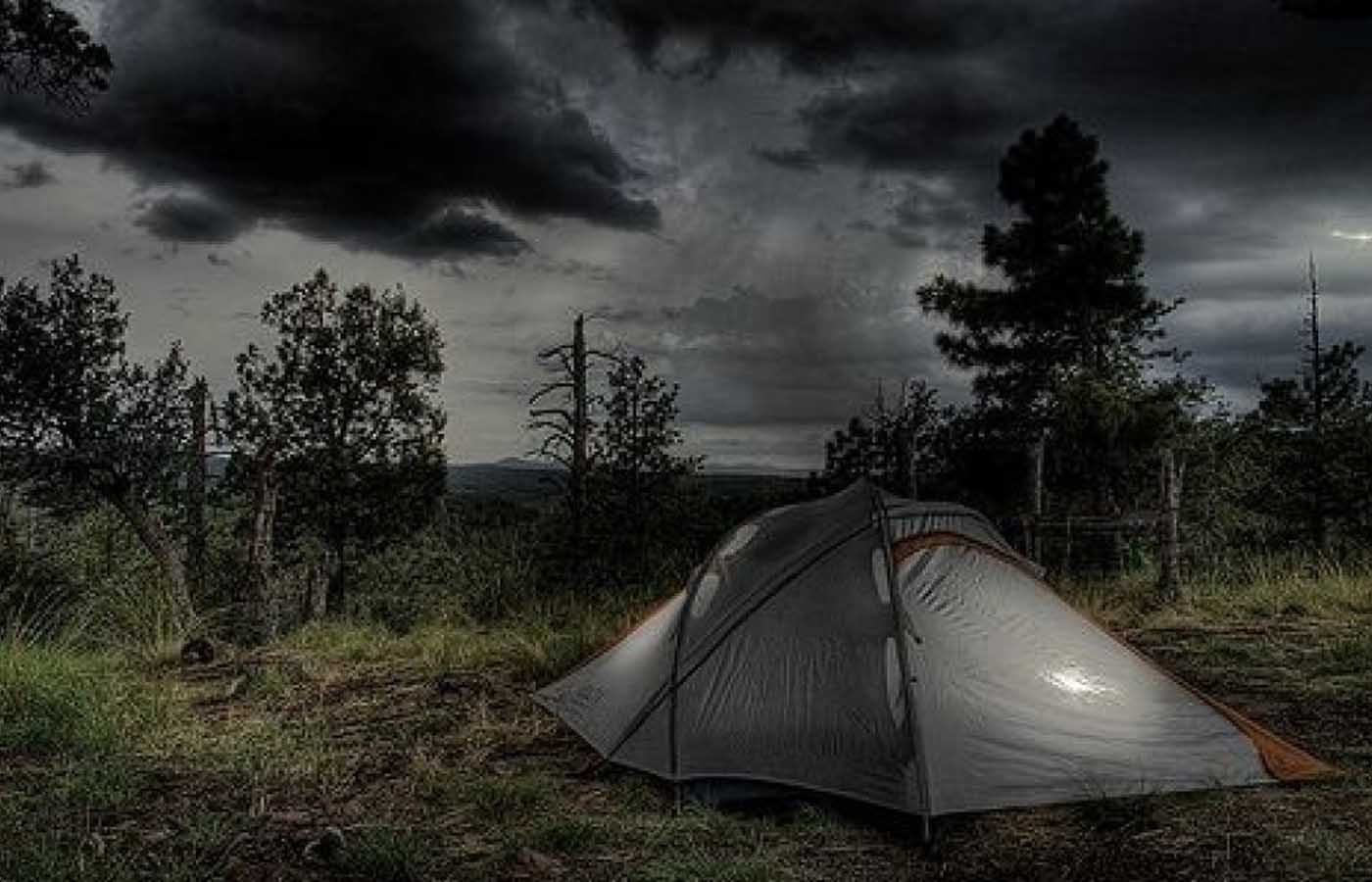
This is going to sound funny, but it helps to think like a fish for this one. You’ll notice that fish like to settle into calm places in turbulent streams in order to relax, while still reaping the benefits of catch passing in the nearby faster moving water.When the wind is blowing, there are things known as windbreaks that can help prevent your tent from blowing away and thus, a bad night sleep. Look for a spot that has protection from the elements, like a boulder, a bunch of bushes, or near trees – but stay further away from the ones that that look like potential lightening magnets.
You can always walk out to open areas to enjoy and take pictures of a scenic panoramic over a valley, meadow, or of mountains. But camping out in the open makes you more susceptible to the havoc of storms, and, therefore risk your happiness. Also avoid sleeping in lulls and depressions in a landscape that could fill up with water if it starts to rain.
Try to avoid bugs
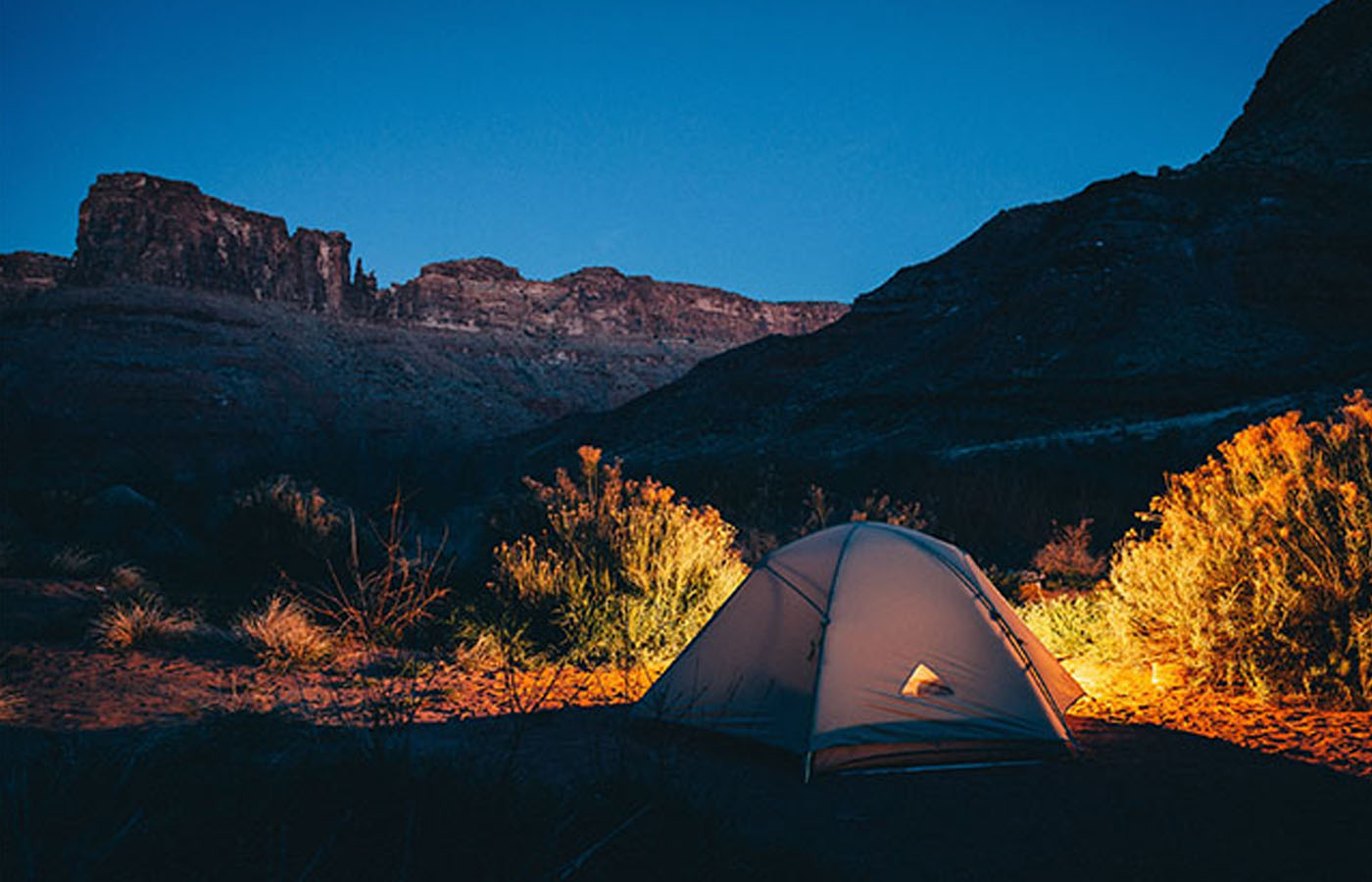
Sometimes the sheer number of bugs in an area can be a deal breaker. Having horseflies, deer flies, or mosquitoes in any amount are a nuisance, and are especially annoying is when they’re at your campsite and don’t leave you alone – which is likely to happen. But there are ways to be proactive and minimize the chance of their presence.
Certain areas are known for bugs more than others, so therefore, choose a site that is the furthest away from any standing water – a breeding ground for mosquitoes. If you find yourself in a buggy situation though, this is one time when you might be better off more exposed and in the wind versus among trees. You can always cook your food in an airier spot and just use your tent for sleep if a lot of bugs are around.
Look up and around at the trees
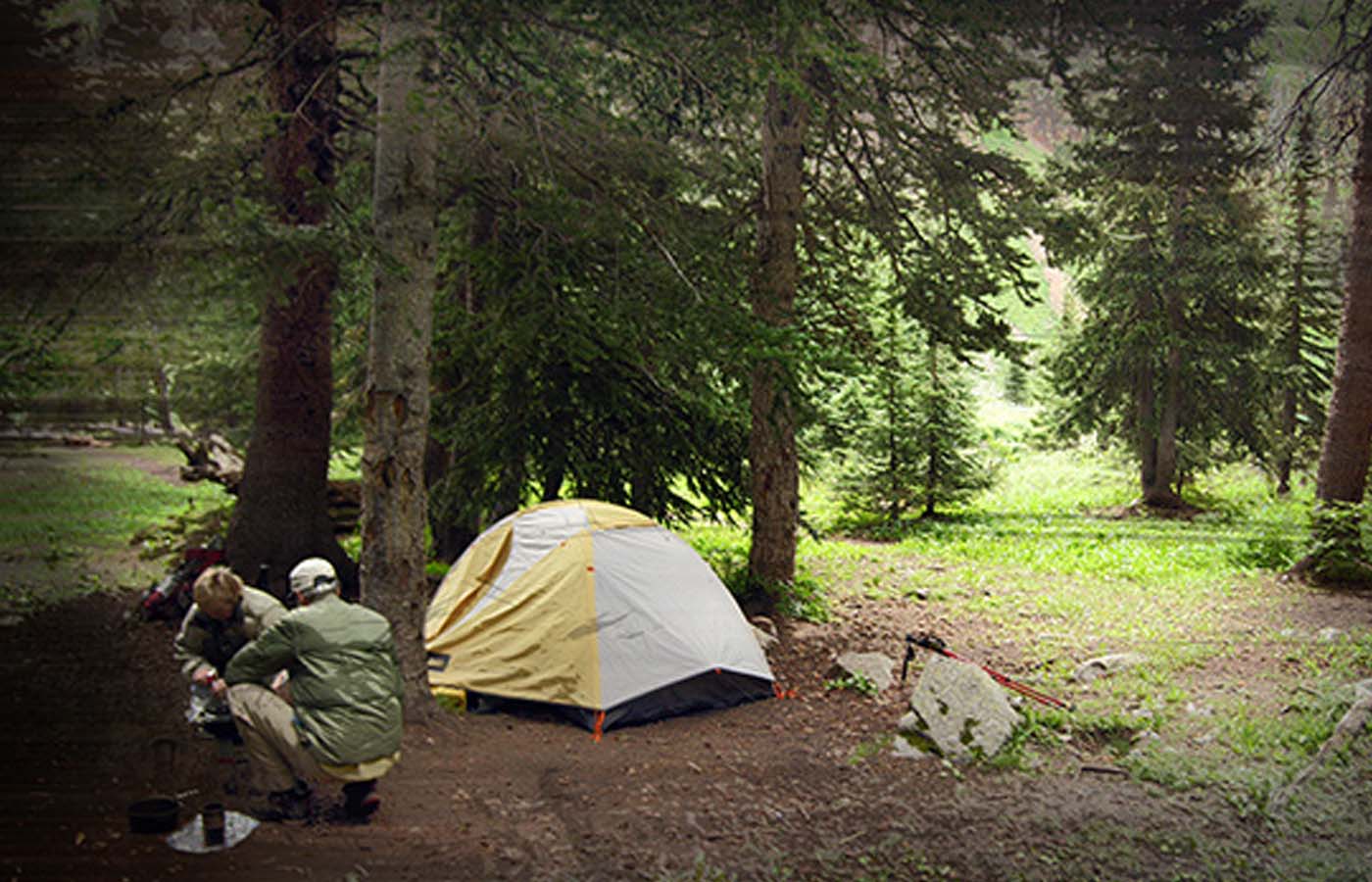
A couple of things about this. As much as it is important to look at the ground for a tent spot, just as equally important is looking up. Trees that fall and kill people have the nickname “widowmaker”. Falling trees are not a joke, if they fall on you, or you get trapped on one, just being honest here, it’s not going to be good.
Wherever you choose to place your tent, make sure to scan the perimeter for dead or unhealthy and unstable trees. Because if a tree falls while you are sleeping soundly, that could realistically be the end of it for you.
It’s almost certain that you’ll encounter creatures
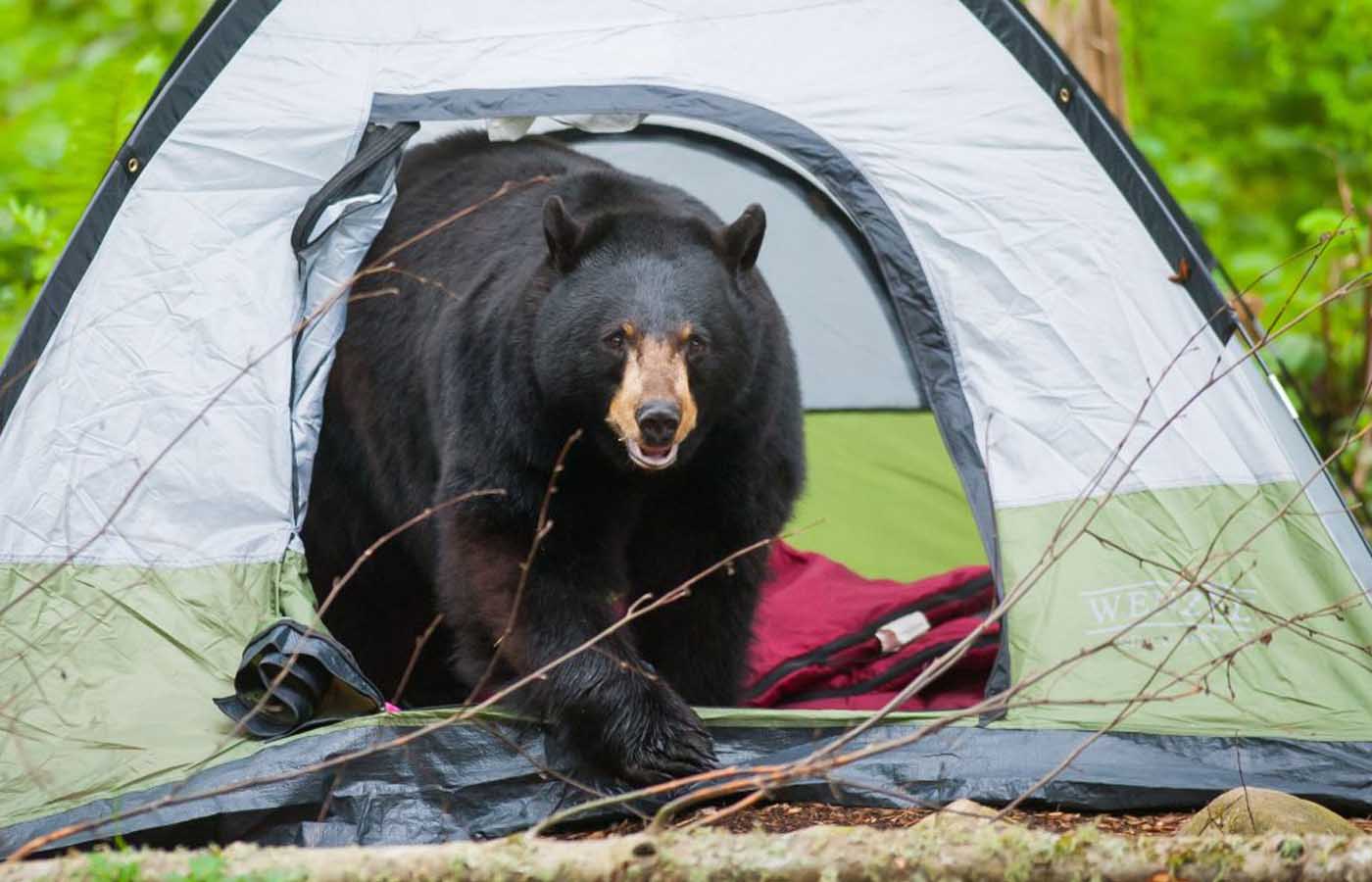
This one should be a no brainer, but here’s a friendly reminder, do not put your tent up on a game trail. It might take your breath away to see a deer passing by on such a trail, but you need to keep in mind that a black bear, or even worse, a grizzly could be hot on its tail. And if you’re carrying food with you, it is absolutely essential that you follow local regulations regarding food storage and cooking in bear country.
Check the area for trees on which to hang food and keep anything edible out of the tent. I will never forget once when camping in sequoias north of San Francisco, I left a bag of almonds just outside of my tent. Thank goodness I had walked away because when I came back, there was an enormous brown bear grazing on the almonds at my tent door. I looked up, stopped in my tracks, the bear looked straight at me and shivers went down my spine as I realized that could have meant my life. Chances are something is going to come your way snooping around for a snack, whether that’s chipmunks, skunks, or bears.
Stay away from stink

If you’re someone who has to urinate a lot, or you’ve been drinking too much hot cocoa around the campfire, then being as close as possible to the outhouse or bathrooms might seem like a great idea. Sure, it’s convenient but do you really want to hear tinkle, flush, or smell rank odors all night long?
It is the same thing for the dumpsters or any of the garbage placement spots at a campground. Boy can they get stinky. If you are staying in an organized campground, on occasion it can happen that you’re the last person to reserve a site – which may also be the last one left for a reason. If that happens, then consider postponing your trip and wait for a better spot to become available. Remember, your free time is precious, and you want to enjoy it.
Be in touch with your gear
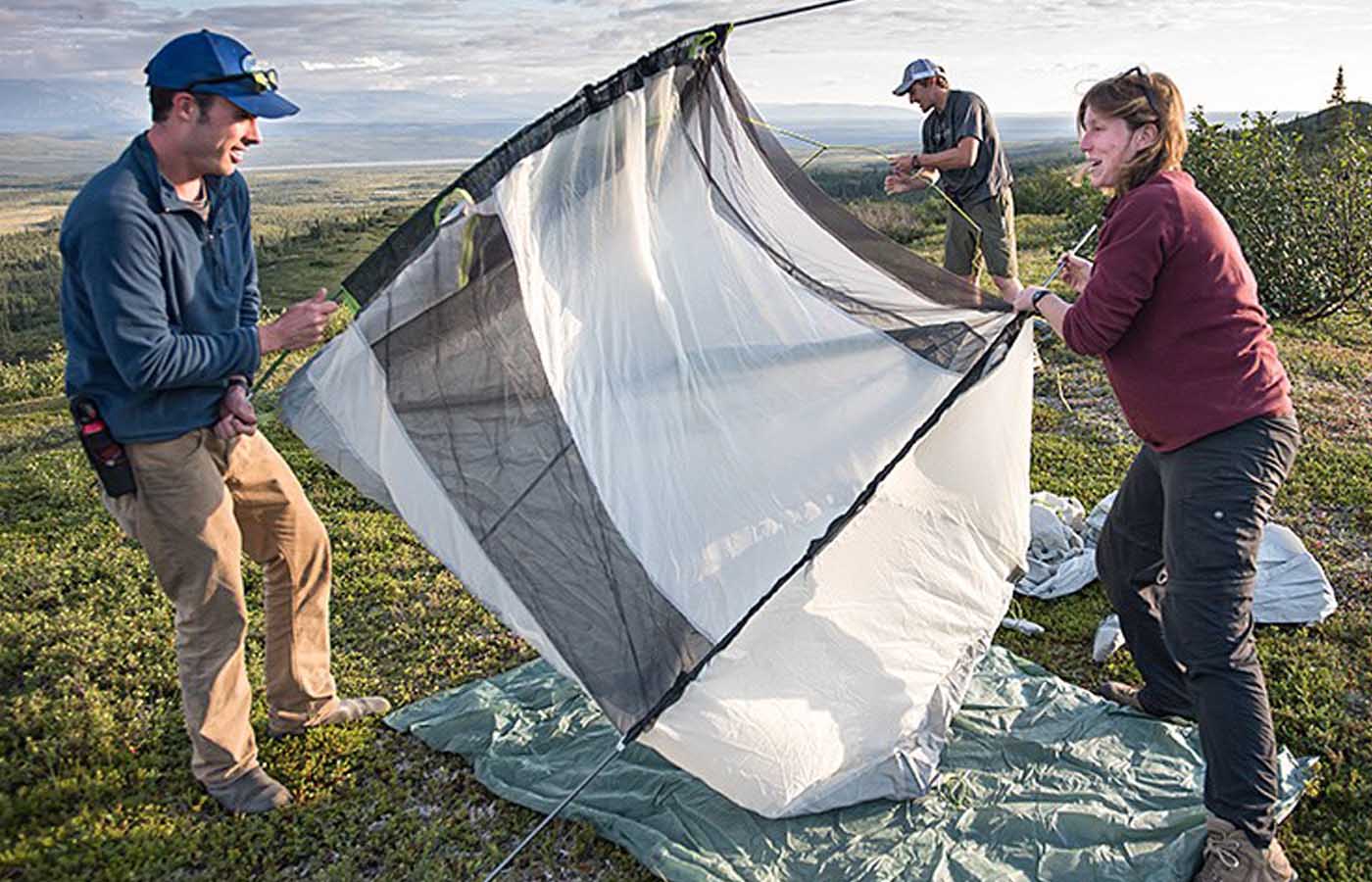
This is more general advice than choosing a camp spot, but nonetheless it’s critical to understand how your gear works. If you just bought a super-duper new tent from REI, or some other favorite outdoor supply store, do not wait until your boots are on the ground at the campsite to set it up for the first time. And maybe the sun will have gone down, or it’s a downpour, which will make erecting it even harder.
You need to think grade-school play dress rehearsal here. The point of having gear is to know how it works and functions and to trust it. Take everything out in the middle of your living room, garage or yard before using things and practice with it, setting it up, and familiarizing yourself with the equipment.
It’s best to choose a level spot
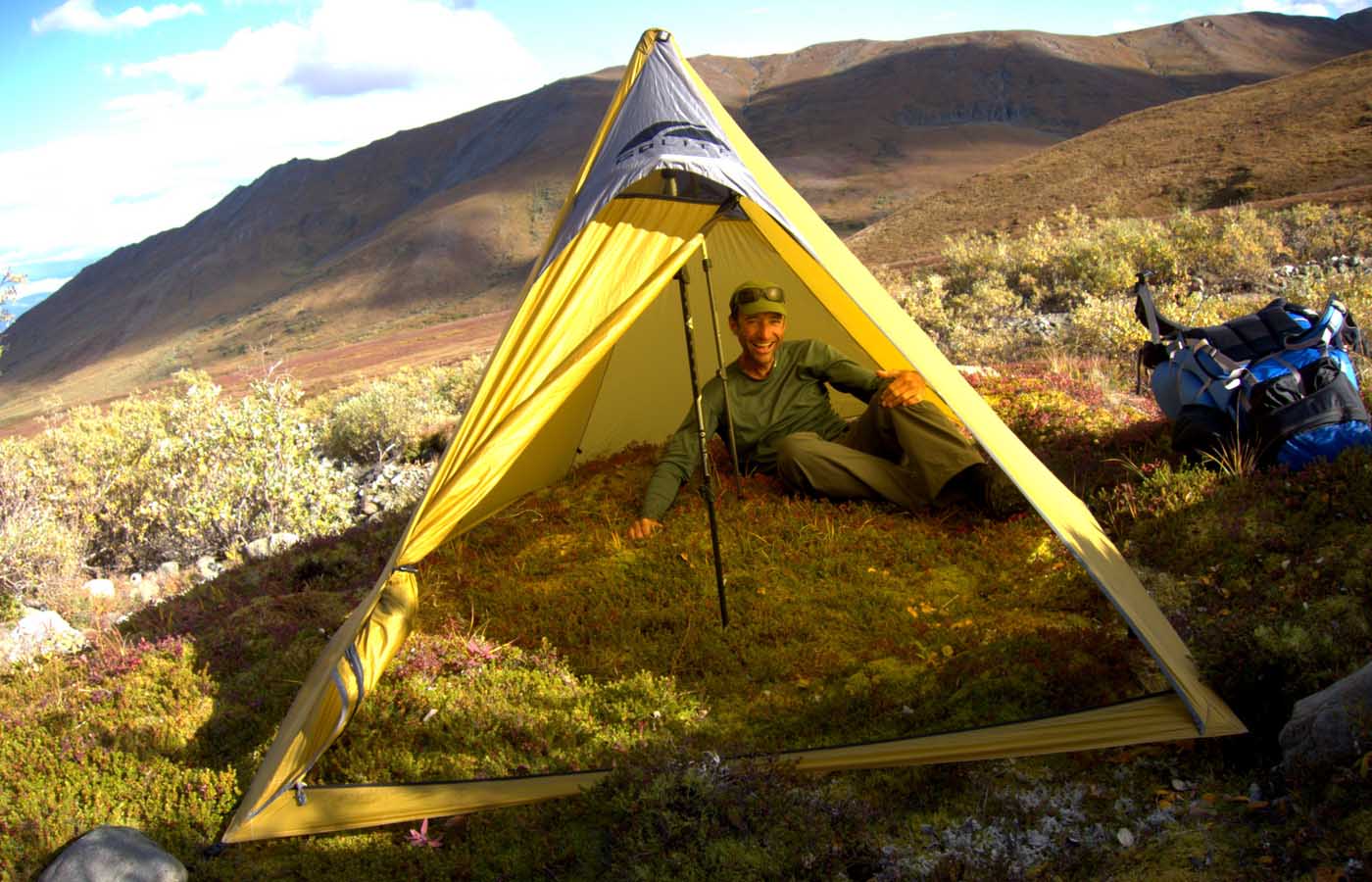
This may seem very obvious, but I cannot even tell you how many times I’ve transgressed this rule. Seriously folks, fining a spot that is nice and level and positioning the tent and yourself in a comfortable way is the difference between a stellar night’s sleep and waking up like a crabby baby due to headache and blood rush to the brain.
Following this simple rule will also help keep the peace between you and your tent mate, because sleeping on an angle means that one of you will be rolling and pressing the other all night long. Oh and since we’re on this easy topic, make sure to keep an eye out for rocks and roots which could either stick you in the back or rip your tent.
Look for areas to explore
If you are traveling with children, camping is a great option because the kids can go out and play, freedom abounds, and the woods are a fun place. Look for a place with the most opportunities for natural play, climbing, canoeing, or fishing. Do not bother to bring any of the typical games you play at home on a camping trip – leave those for home. Now is the time to do something different.
Campsites with boulders or fallen logs that kids can climb on and around are going to be your best options. Once again, you’ll score bonus points with the kids if you camp near a creek, lake, or pond. I remember spending hours a creek once catching salamanders.
Leave no trace
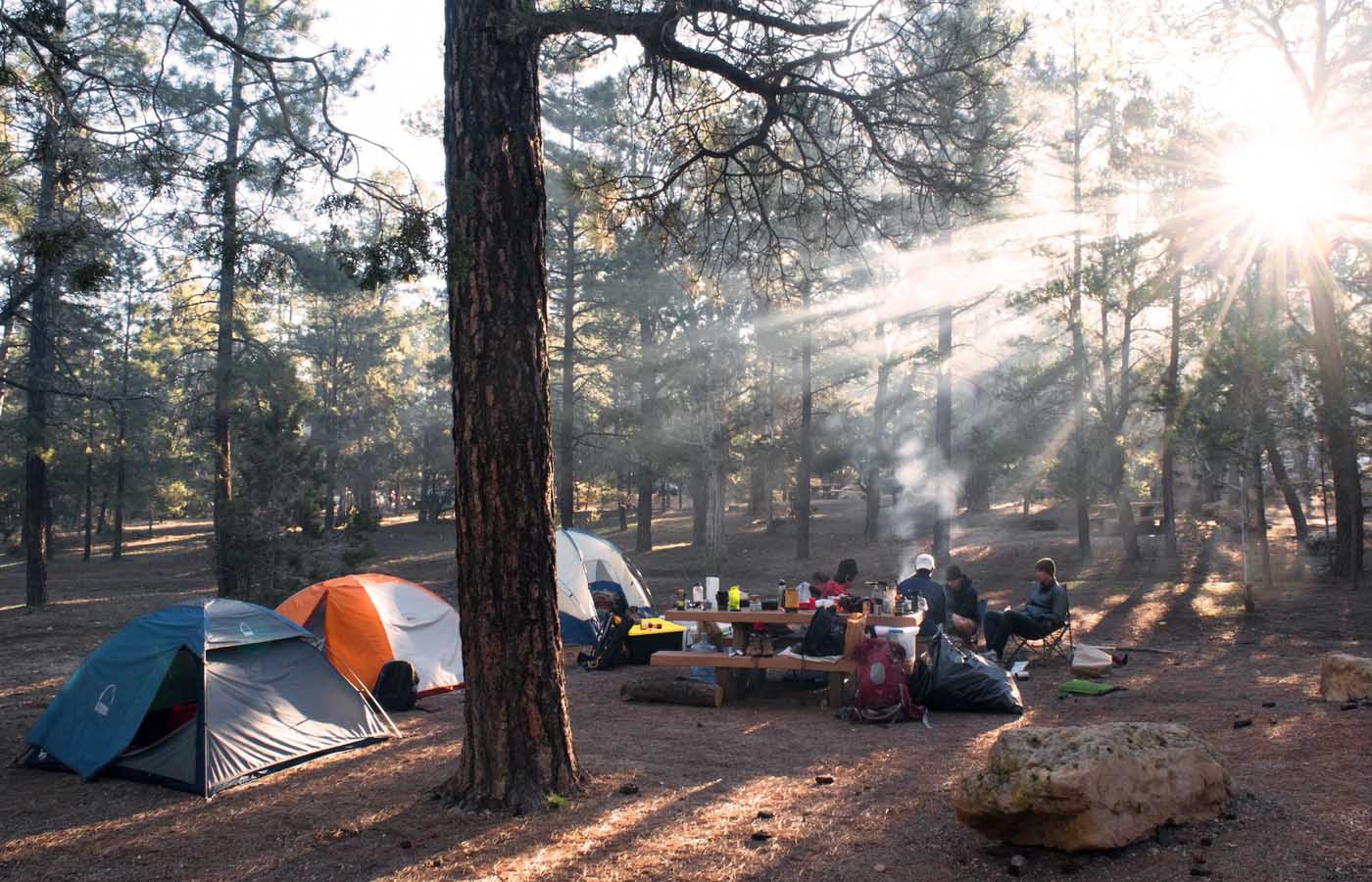
Listen up, leave no trace means just that … leave no trace. This is an important concept that everyone needs to embrace. We’re so obsessed with leaving our mark or print on nature, but that doesn’t mean it is right to do. Let’s say you’re an interior designer or construction project manager, may you think a campsite would look perfect if you could move those rocks just over here, or that log just over there.
The best – and most fun – way to look at it is that campsites are found and not made, right?! That’s part of what makes getting outside and going camping so much fun. If you’re in a campground there may be designated fire rings that you need to use. If you are in the backcountry, it’s always good to look for spots that have already been used. Take notice of any fire restrictions in the area, and if you build a fire, make sure it is out before leaving. And, one last thing, always clean up after yourself – these spaces are to be shared, used, and enjoyed by all.



